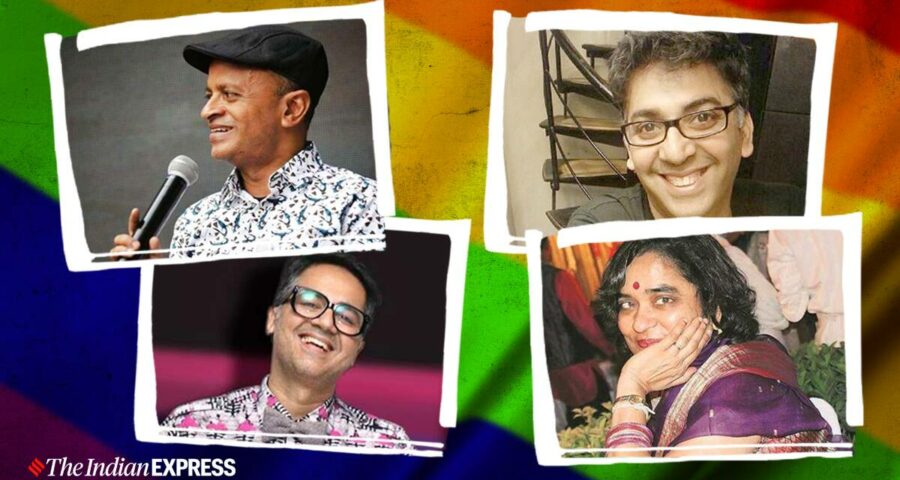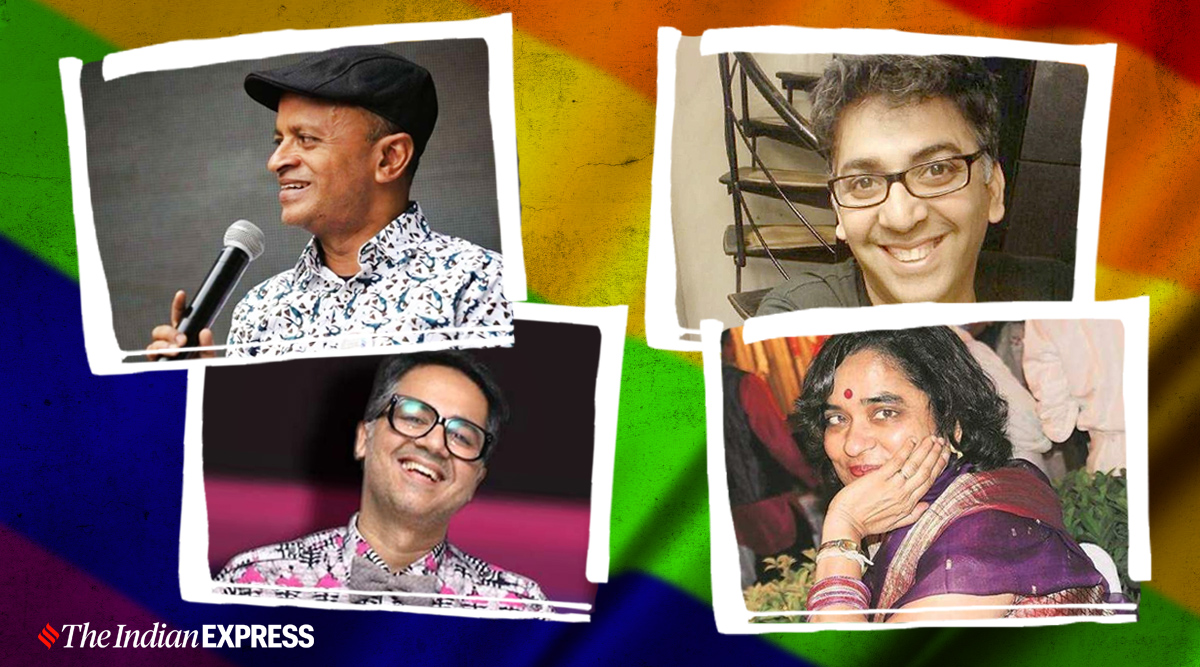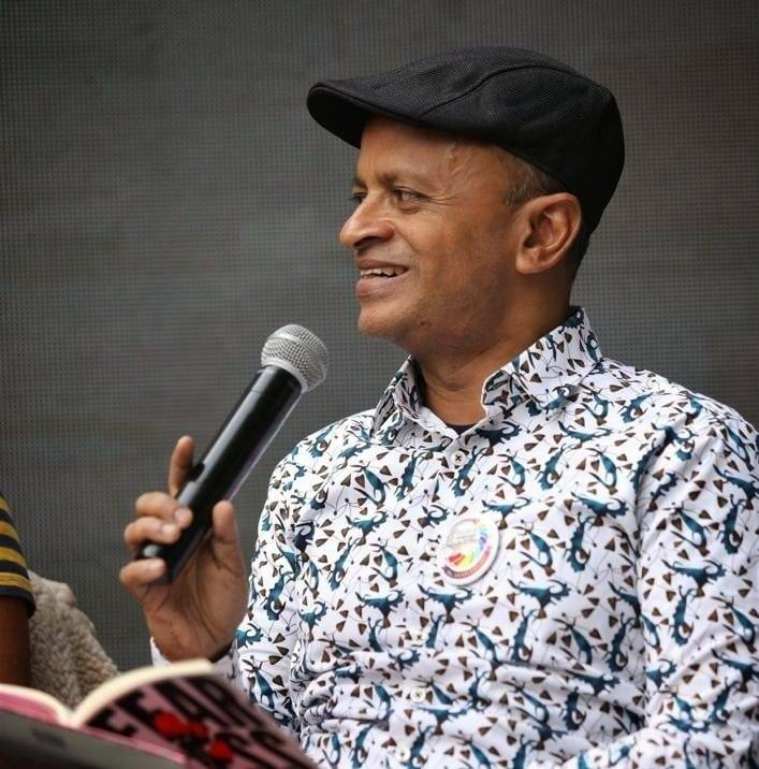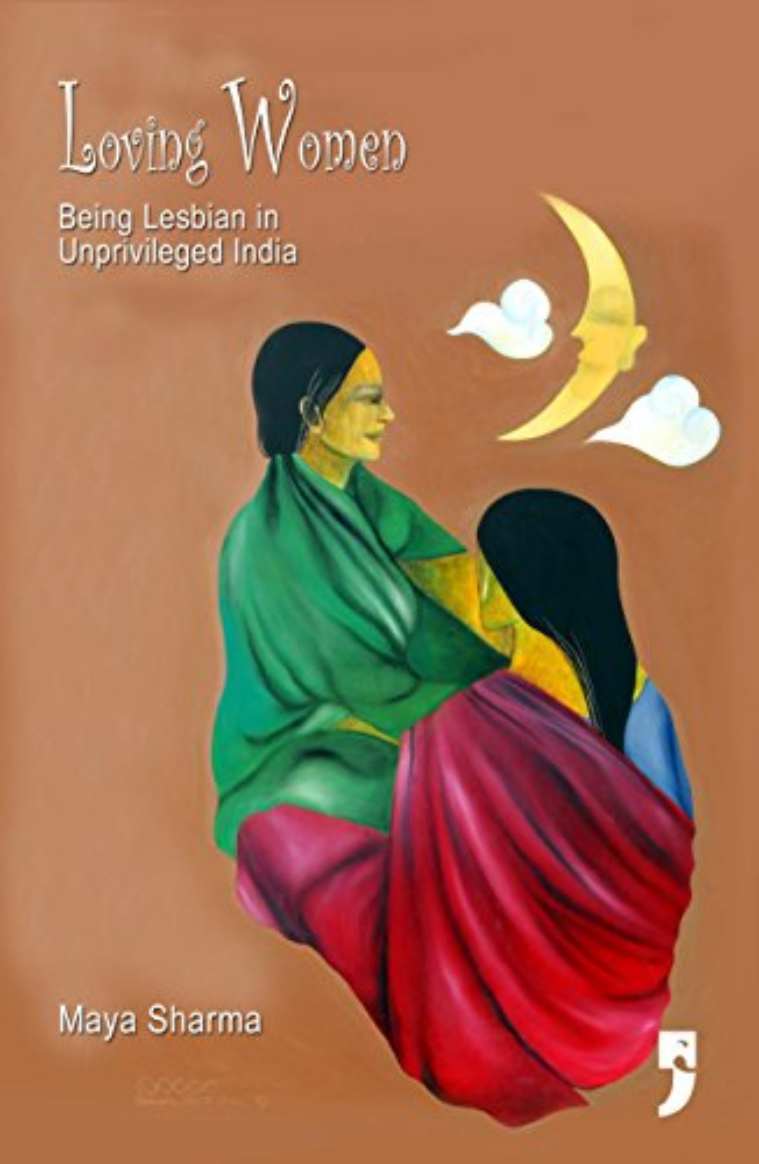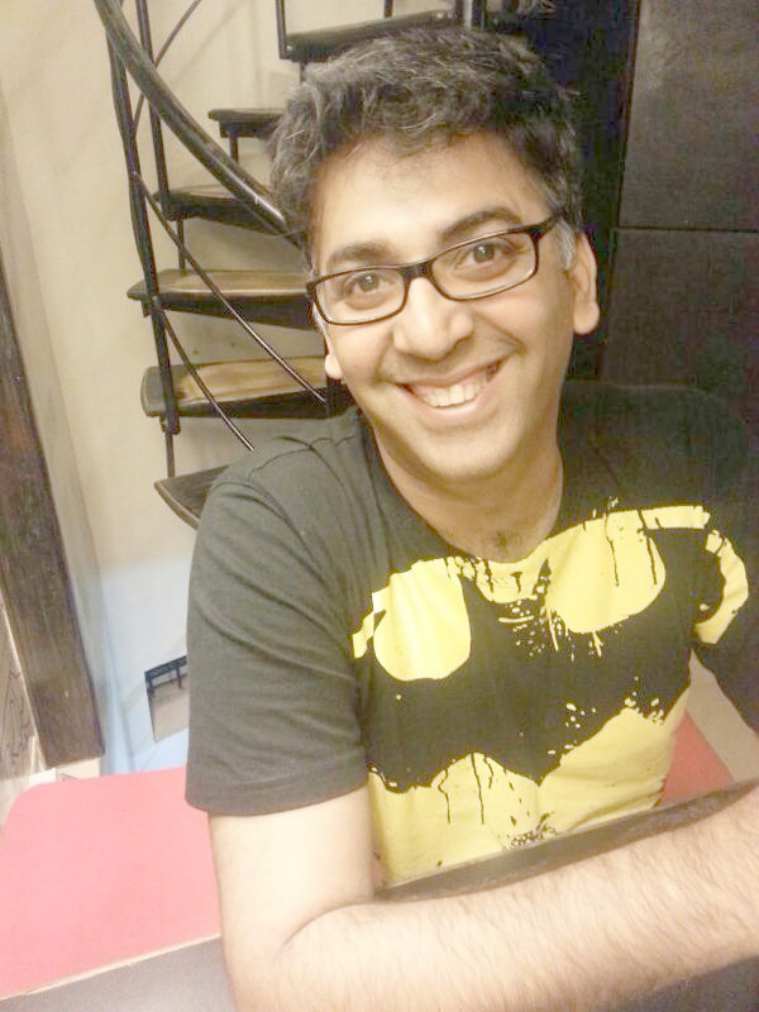For Pride Month — celebrated every year in the month of June — four authors list books for those wanting to familiarise themselves with LGBTQ+ literature
For long, gay literature was used as an umbrella term to describe any literary work created by the LGBT community or for them. Over the years, however, authors contributing to the discourse dispelled the idea of gay literature being a genre, interweaving instead the complexity of relationships in a full-bodied narrative.
This Pride Month, celebrated every year in the month of June, indianexpress.com spoke with four authors, who listed books for those wanting to familiarise themselves with LGBTQ+ literature.
Sandip Roy
For anyone wanting a primer on same-sex love in Indian literature down the ages, the must-read classic is Ruth Vanita and Saleem Kidwai’s Same-sex Love in India: A Literary History. An excellent companion would be Devdutt Pattanaik’s Shikhandi: And Other ‘Queer’ Tales They Don’t Tell You which highlights a treasure-trove of LGBTQ+ stories from Indian mythology. But what’s wonderful is LGBT representation in modern Indian literature is showing up not just in English but in other languages, with books like Mohanswamy by Vasudhendra which broke new ground in Kannada with its gay protagonist, and Cobalt Blue written in Marathi by Sachin Kundalkar (masterfully translated by Jerry Pinto) about a brother and sister falling in love with the same paying guest.
(Sandip Roy is the author of Don’t Let Him Know and hosts The Sandip Roy Show on Audio Express)
Beyond the novels and short stories, it’s exciting to see much-needed non-fiction documentations of the LGBTQ+ community like Pawan Dhall’s Out of Line and Offline about the queer movement in eastern India and Maya Sharma’s Loving Women: Being Lesbian in Unprivileged India about working-class queer women. And just to remind us that LGBTQ+ literature does not have to be stories of unrequited love and melancholy – Andrew Sean Greer’s Pulitzer-winning witty, biting and very humane Less, about a moderately successful gay writer and the clock ticking towards his 50th birthday.
Parmesh Shahani
I would suggest that you start your journey with one of the many powerful autobiographies by hijra writers like Priya Babu’s Naan Saravanan Alla, Living Smile Vidya’s I Am Vidya or A Revathi’s The Truth About Me: A Hijra Life Story. A celebrated trans activist and the former director of the queer NGO Sangama, Revathi became a lit-fest sensation when The Truth About Me was published in 2010. She wrote with unflinching honesty about her childhood, her life in a hijra community and her journey of becoming her own self. In her second book, A Life in Trans Activism, I was especially thrilled to read the personal stories of Mookan, Charu, Kiran, Sonu, Christy, Satya and Gee, seven trans men she had invited to be a part of her narrative, who tell their stories in their own words, so if you have to pick just one book among this list, I’d say, pick this one.
One of my favourite queer Indian books is Maya Sharma’s 2013 Loving Women: Being Lesbian in Unprivileged India which documents the life stories of ten working-class queer women living in north India and in doing so, dispels the myth that some people might have about all lesbians in India being urban, or belonging to the upper and middle classes. You can read this alongside Amruta Patil’s dark, dreamy and sexy Kari. Hailed as India’s first lesbian graphic novel in 2008, it is both a love story—between the protagonist Kari and her girlfriend Ruth—as well as Kari’s individual exploration of what it means to live in, love in and form bonds of intimacy with Mumbai. Between both these books, you should have a glimpse of what it means to be lesbian in contemporary India.
I am drawn more and more to stories from non-urban or small-town India, translated into English from other languages. The celebrated artist Bhupen Khakhar’s rare collection of Gujarati short stories (translated into English by Ganesh Devy in 2001) is something that I have kept going back to for years, not only for the brilliant writing but also for the illustrations of male intimacy, done by Bhupen himself, that accompany the stories. How naturally he draws his male lovers, who embrace each other, bespectacled, with grey hair and sagging skin, a lifetime of experience in their eyes, and how tenderly he writes about his queer universe of Baroda in the 1970s. It is a universe that is populated by Gujarati characters like Maganbhai, Manilal, Sunderlal and Jeevanlal, and rife with the desire for sweet-smelling ‘phoren soap’. Get one of the rare copies online if you can – this book is hard to find.
In Pawan Dhall’s excellent 2019 scholarly work Out of Line and Offline: Queer Mobilizations in ‘90s Eastern India, Pawan traces the early history of internet-empowered community formation in the eastern part of the country, through in-depth interviews of about a dozen queer individuals and their allies, as well as archival research into early internet support forums. Queer Potli: Memories, Imaginations and Re-imaginations of Urban Queer Spaces in India, also edited by Pawan and released in the same year, contains twelve pieces—academic essays, memoirs, poems—that explore different Indian ‘urban queer spaces’ such as an NGO walk-in centre, a gay bar, a bodybuilding gym and a metro.
My final recommendation is Kareem Khubchandani’s 2020 book Ishtyle, set in the gay party scene in Bengaluru, just as my own first book Gay Bombay was partly set in Mumbai’s gay social circuit, more than a decade ago. In his book, Kareem, who has trained in performance studies, focuses on dance as a way of mapping relationships between media, labour, class, sexuality and gender in queer Bengaluru.
(Parmesh Shahani is the author of Queeristan: LGBTQ Inclusion in the Indian Workplace)
Vivek Tejuja
There was a reason I stopped attending gay parties. I was made to feel my age. I started feeling my age. Faggots by Larry Kramer is about gay ghettos, it is about how a man wants love and will leave no stone unturned. It is also about the pre-AIDS era in NY.
A girl who was misgendered as a boy refuses to let that stand in her way of playing the role of Charlotte in her fourth-grade’s production of Charlotte’s Web. A book that soars above the biases, scorns, and judgement. George by Alex Gino will creep into your heart.
The world and its relation to gay male culture is complex. On one hand it boxes us in stereotypes and cliches and yet refuses to acknowledge us with those very stereotypes. How to Be Gay by David M Halperin is a seminal work on those very cliches and little joys that make us who we are.
Babyji by Abha Dawesar. Modern lesbian desire and how it works in a metro in India, that is bursting at its seams, with hypocrisy and gossip.
(Vivek Tejuja is the author of So Now You Know: A Memoir of Growing Up Gay in India)
Ruth Vanita
Maurice by EM Forster. Written in 1913 but published posthumously in 1971, this was among the first novels with a gay hero that I read (and re-read). A major English novelist, Forster was also a gay man who spent time in India and fell in love with an Indian (he wrote the novel Passage to India). Maurice sensitively depicts the difficulties of growing up homosexual in England in the early twentieth century. Forster attempts to change the narrative of gay novels that ended in suicide or conversion to heterosexuality: “I … was determined that in fiction anyway two men should fall in love and remain in it for the ever and ever that fiction allows.”
The Price of Salt (1952) by murder-mystery writer Patricia Highsmith, first published under the pseudonym Claire Morgan. In this beautifully written novel, a young woman falls in love at first sight with an older married woman, whose husband sends a private detective to record their affair and then sues her for custody of their child. Like Maurice, it has a happy ending, which was very unusual at the time.
The World of Homosexuals (1977) by Shakuntala Devi. This little book on homosexuality in India by the famous math whiz (who was married to a gay man) is the first-ever on the subject and is still relevant and readable. Contains an interview with a long-term gay male couple and a still-unique interview with the head priest of the Srirangam Vaishnava temple.
The Conversations of Cow (1985) by Suniti Namjoshi. This little masterpiece by a pioneering lesbian writer depicts the relationship between “Suniti” and a fabulous cow who takes a myriad forms and names, as a woman, a man, and a Goddess. Playfully yet profoundly illuminates the fluidity of the self and of gender and sexuality, as it is envisioned in Hindu philosophy.
Oranges are Not the Only Fruit (1985) by Jeanette Winterson. Autobiographical novel by an important novelist, recounting her childhood and youth as a lesbian growing up in a working-class family that belonged to a fundamentalist Christian sect in England.
Trying to Grow (1991) by Firdaus Kanaga. Engaging autobiography of his childhood and youth by a disabled, wheelchair-bound Parsi gay man.
Funny Boy (1994) by Shyam Selvadurai. This is a semi-autobiographical novel by a Sri Lankan, part-Tamil writer, recounting the childhood and youth of a gay man. Has recently been made into a film.
Myself Mona Ahmed (2001) by Dayanita Singh. The unusual life of a hijra, strikingly photographed and narrated by a gifted photographer.
Fun Home: A Family Tragicomic (2006) by Alison Bechdel. A brilliant, award-winning graphic novel (comic-book style), this is a memoir of her childhood by a lesbian who discovered that her father was a closeted gay man. A simultaneously sad and humorous depiction of the turmoils of kinship, it draws on several great gay writers, including Wilde, James and Proust. Was turned into a Broadway musical.
The Truth About Me: A Hijra Life Story (2010) by A Revathi. Translated from Tamil. Autobiography of a middle-class boy who became a hijra.
(Ruth Vanita is the author of Love’s Rite: Same-Sex Marriages in Modern India and co-author of Same-sex Love in India: A Literary History)
Additional Reading
Giovanni’s Room by James Baldwin
Detransition, Baby by Torrey Peters
The Color Purple by Alice Walker
Insomniac City by Bill Hayes
Love’s Rite: Same-Sex Marriages in Modern India by Ruth Vanita
(As told to Ishita Sengupta)
Source: Read Full Article
